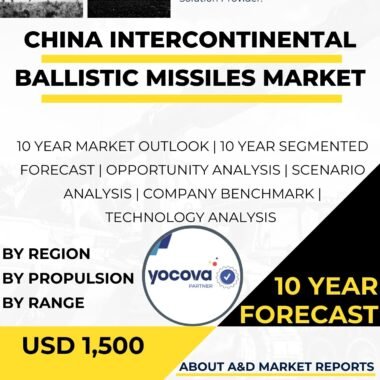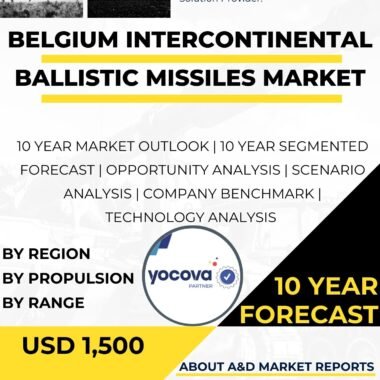Description
Canada’s stance on ballistic missiles has been defined by its commitment to international arms control treaties and its focus on diplomatic efforts to prevent the proliferation of such weapons. Ballistic missiles are powerful weapons capable of delivering warheads over long distances, making them a significant concern for global security and stability. As a member of the international community, Canada has taken measures to address the ballistic missile threat while upholding its commitment to peaceful solutions and disarmament.
Canada is not known to possess or produce ballistic missiles, and it has traditionally focused on its conventional military capabilities, including ground forces, naval assets, and air power. The country’s defense strategy centers on protecting its territorial integrity, supporting its allies in collective defense efforts, and contributing to international peacekeeping missions.
Canada’s commitment to arms control is evident in its participation in various international treaties and agreements aimed at reducing the proliferation of ballistic missiles and other weapons of mass destruction.
One of the most significant arms control treaties that Canada is party to is the Missile Technology Control Regime (MTCR). The MTCR is an informal and voluntary association of countries committed to preventing the proliferation of missiles and unmanned aerial vehicles capable of delivering weapons of mass destruction.
The MTCR aims to restrict the transfer of technology, components, and expertise related to ballistic missiles with a range of more than 300 kilometers and a payload capacity above 500 kilograms. By adhering to the MTCR guidelines, Canada contributes to global efforts to limit the spread of missile technology and curb the proliferation of ballistic missiles.
Canada also plays an active role in supporting the United Nations Security Council’s efforts to address the ballistic missile threat. The Security Council has adopted several resolutions aimed at preventing the proliferation of ballistic missiles and other weapons of mass destruction.
These resolutions call upon all states to comply with their obligations under international law, including arms control treaties and non-proliferation agreements.
Canada’s participation in international efforts to address the ballistic missile threat extends to regional security initiatives. As a member of the North Atlantic Treaty Organization (NATO), Canada is part of a collective defense alliance committed to deterring aggression and ensuring the security of its members.
NATO members regularly conduct exercises and drills to enhance their ability to respond to potential ballistic missile threats, and they work together to develop defensive measures to counter such threats.
Furthermore, Canada has expressed concern over the development and proliferation of ballistic missiles by other countries, particularly those with destabilizing regional impacts.
For instance, Canada has voiced its concerns regarding North Korea’s missile program and its provocative actions, including missile launches and nuclear tests.
Canada has also expressed concerns about Iran’s ballistic missile program, which has raised regional security concerns. In response to these concerns, Canada has supported diplomatic efforts to address these issues through dialogue and engagement.
While Canada is not known to have ballistic missiles, it maintains a robust defense system to protect its airspace and territory from potential threats.
The Canadian Armed Forces utilize a combination of radar systems, fighter aircraft, and air defense units to monitor and respond to any unauthorized intrusion into Canadian airspace.
Additionally, Canada has invested in a modern and capable navy to patrol its coastal waters and protect maritime interests.
In conclusion, Canada’s stance on ballistic missiles is defined by its commitment to international arms control treaties, diplomatic efforts to prevent proliferation, and a focus on maintaining a robust defense system.
Canada is not known to possess or produce ballistic missiles, and it prioritizes conventional military capabilities to safeguard its territorial integrity and contribute to international peacekeeping efforts.
By participating in initiatives like the MTCR and supporting United Nations resolutions, Canada contributes to global efforts to prevent the proliferation of ballistic missiles and promote international security and stability.
Canada’s concerns over the development and proliferation of ballistic missiles by other countries have led to diplomatic efforts to address these issues through dialogue and engagement.
Overall, Canada’s approach to the ballistic missile issue reflects its commitment to peaceful solutions and its dedication to maintaining global security and stability.




